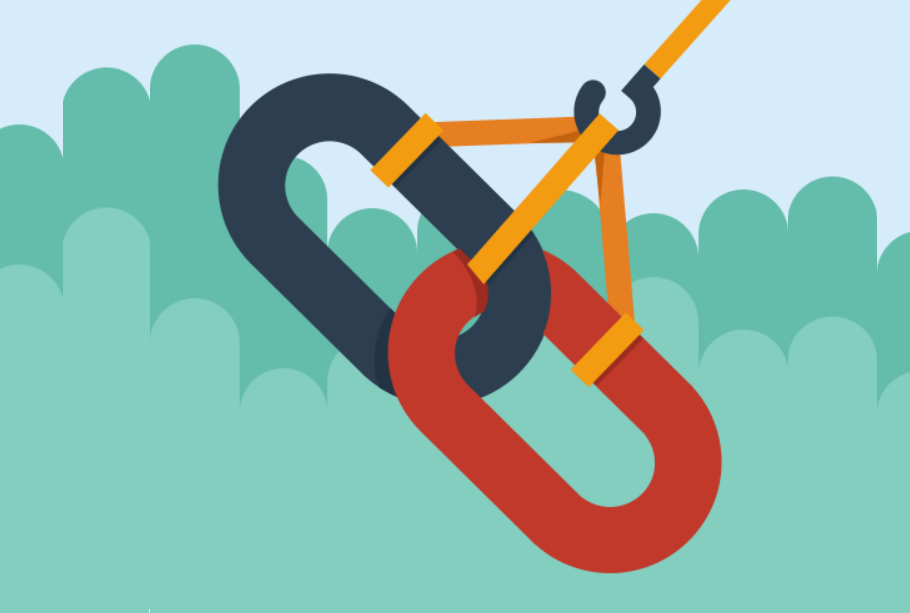If you want to update your car but lack the financial means, a second hand car might just be the answer for you. Buying a used car definitely comes with its potential risks, whether you purchase it from an independent trader or a private seller. You could score a great bargain or it could be one of your biggest regrets.
However, buying second hand cars Wirral (or wherever you’re located) is no longer as daunting a task as it was previously. There are reliable dealerships that deliver what they promise. Meanwhile, the manufacturing processes have also witnessed drastic improvements. Consequently, even a previously used car has enough endurance to last you a long while.
Therefore, we have a compiled a comprehensive checklist to guide you through the entire car-buying process. Armed with the handy list, level headedness and diligence, you can end up with a great deal.
Here is what you need to know:
Where do you begin?
Whether you are a first time car buyer or looking for an upgrade, you have to decide on a budget. Once you have a general idea of what you can afford, keep in mind that used cars might require minor repairs that add on to the initial cost.
Next, determine how you plan to pay for your car, whether you want to take out a loan or plan to pay in cash. Innovative websites such as Auto coin cars even allow you to pay using cryptocurrecy with simple transactions that are convenient and similar to the traditional way.
Once your financing is sorted, do your market research to determine the car that fulfills all your requirements and is affordable for you. Browsing through the used car websites will provide you with a good idea of what is available in the market and an estimate cost of your dream car and vehicle protection plan.
Where can you purchase a second hand car?
There are numerous routes to buying your new car. You can visit a dealership, look for individual sellers, or check online. Below you will find an overview of the pros and cons of each seller type so you can decide which options works best for you.
Dealerships:
- Dealerships can be divided into two broad categories- dealerships of a particular brand and independent dealerships
- Cars at a dealership of the same brand often undergo thorough inspection, have the major issue fixed, and come along with a six months to one year warranty
- Independent dealers have a larger variety of cars in a varying price range and are generally useful if you want to buy an inexpensive used car
- Each dealership has an overhead cost that adds up to the price of the car. The amount of surcharge depends on the size of the business, their aftersales support and the initial inspection
- If you plan to buy from an independent dealer, we recommend doing an online search to find out their reviews and reputation
Private parties
- Secondhand cars sold privately are cheaper than those at a dealership and have room for negotiation
- These cars do not undergo rigorous inspection so you will have to check the car properly yourself. Read on to find out what are the main parts that would require inspection
- The car is sold “as-is” and you have fewer buyers’ rights as compared to when buying from a dealership. This means that once you sign the paperwork, the seller has no further responsibility in case of any issue
- Meeting the seller provides you with the opportunity to find out more about the car and why are they selling
Online
- Since it is so convenient to post an ad online, you will have to sift through the clutter to find the car you like
- The car might not be what it appears on the ad. If you have not paid for the vehicle yet, feel free to walk away
- Look for ads that post several photos of the car and detailed information
- You might encounter scammers posting ads for cars that do not exist in unbelievably low prices. Always be wary of prices that are too good to be true and meet the seller in person before you go ahead with any transaction
What should you check in the car?
The most crucial thing about inspecting a car is to check it under optimal conditions i.e. during daylight and ideally a good weather. The adequate lightening allows you to notice any damage that might not be visible under an artificial light source.
You need to examine numerous components of the used car. Here is a brief overview:
Tyres:
Get down on your knees, make sure that all the tyres are in adequate visible condition, and have even wear on all four wheels. The tread depth should be well above the minimum wear indicators or you will have to replace all the tyres very soon. Uneven tire wear indicates an issue with the wheel alignment or suspension system.
Fluid levels:
Check all the fluid levels under the bonnet including oil, brake and power steering fluid, transmission fluid, and radiator coolant. If any of the levels are low, it indicates that the car is not well maintained.
Check around the engine and underneath the car for any fluid leaks, which indicates a major issue and can cost you a hefty amount in repairs.
The oil should be amber, dark brown or black in colour while the radiator coolant is generally bright coloured. If the oil appears grey or foamy, or the radiator coolant is rusty or milky, you need to steer clear of the car.
Upholstery:
Check inside the car for a weird smell or any stains or damage on the seats, interior plastics, and the carpets. The wear and tear should align with the mileage and age of the car. A clean car in perfect condition indicates that the seller took good care of it
Lights:
All the lights in the car should be in good working condition and not cracked. Check the headlights, taillights, indicators, reverse and park lights.
In addition, start the car and make sure none of the warning lights present on the instrument panel are lit. Especially a lit “check engine” or “ABS” light could indicate a significant issue.
Equipment:
Check the air conditioner, heater, audio system, windows, locks, and seat belts. If the car is one of the latest models, inspect the reverse camera, the navigation system, parking sensors and the power windows.
During the test-drive notice any grinding sound when shifting gear, squealing sounds while braking, and vibration in the steering wheel.
In case of faulty equipment, you can still consider buying the car but negotiate the price for a concession.
Exteriors:
Look for any chips on the windscreen that could turn into cracks requiring replacement of the windshield. Make sure that all the doors, including the bonnet and the trunk, open and shut easily.
Take a walk around the vehicle to look for rust, scratches, dents, or crash repair. The panels and seams should be aligned and have the same shade of paint. Misalignment or mismatched paint indicate the car has been poorly repaired after a bad accident.
Engine:
Take the car for a test drive and listen intently for a knocking sound when you start the automobile. The engine should run smoothly, without much sound when the car is moving or idling.
Inspect the engine as well, especially under the oil cap. If it is contaminated with a creamy, white substance, it can indicate that the head gasket has failed. Therefore, hire a mechanic to examine the engine thoroughly.
Which car documents you need to check?
A rigorous assessment of the car documents can give a good idea of the automobile’s history.
The most crucial document to check is the V5C, also known as the logbook or registration document. Ensure that the vehicle’s make and model is listed correctly on the V5 logbook. Also, check that the address of the seller is same as the one on the logbook.
Moreover, make sure that the VIN (Vehicle Identification Number) on the car matches the one in the V5C registration document.
Check the MOT certificate of the car online for its validity and any advisories suggested by the tester. Ensure that the seller has fixed all the issues that arose during the roadworthiness test.
Finally, look into the car’s history to ensure it has no outstanding dues.
Final thoughts
Buying a second hand car can be a tedious job, which includes looking for the most suitable car, rigorous assessment of the vehicle, and taking care of all the documentations. However, you can score an amazing car that will last you a lifetime and does not cost exorbitant amounts of money.

Founder Dinis Guarda
IntelligentHQ Your New Business Network.
IntelligentHQ is a Business network and an expert source for finance, capital markets and intelligence for thousands of global business professionals, startups, and companies.
We exist at the point of intersection between technology, social media, finance and innovation.
IntelligentHQ leverages innovation and scale of social digital technology, analytics, news, and distribution to create an unparalleled, full digital medium and social business networks spectrum.
IntelligentHQ is working hard, to become a trusted, and indispensable source of business news and analytics, within financial services and its associated supply chains and ecosystems




























